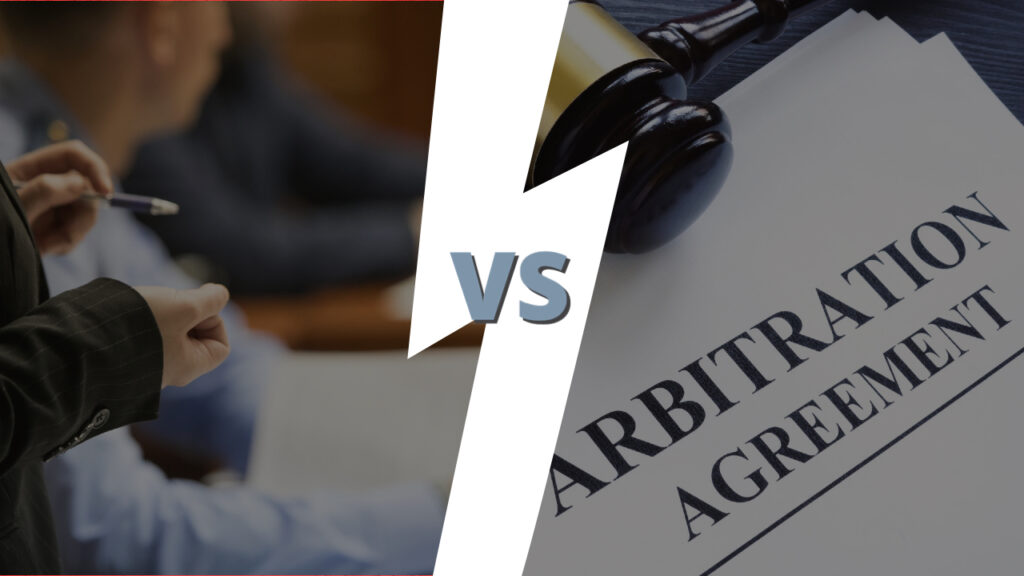Is a Trial the Same as An Arbitration?
Written By Chris Dolan and Carole Okolowicz This week’s question comes from John from San Francisco, who asks: What is the difference between having a trial versus going to mediation? Dear John, There are many ways to resolve a legal dispute, whether a lawsuit is filed or not. Most people have heard of a trial in …


